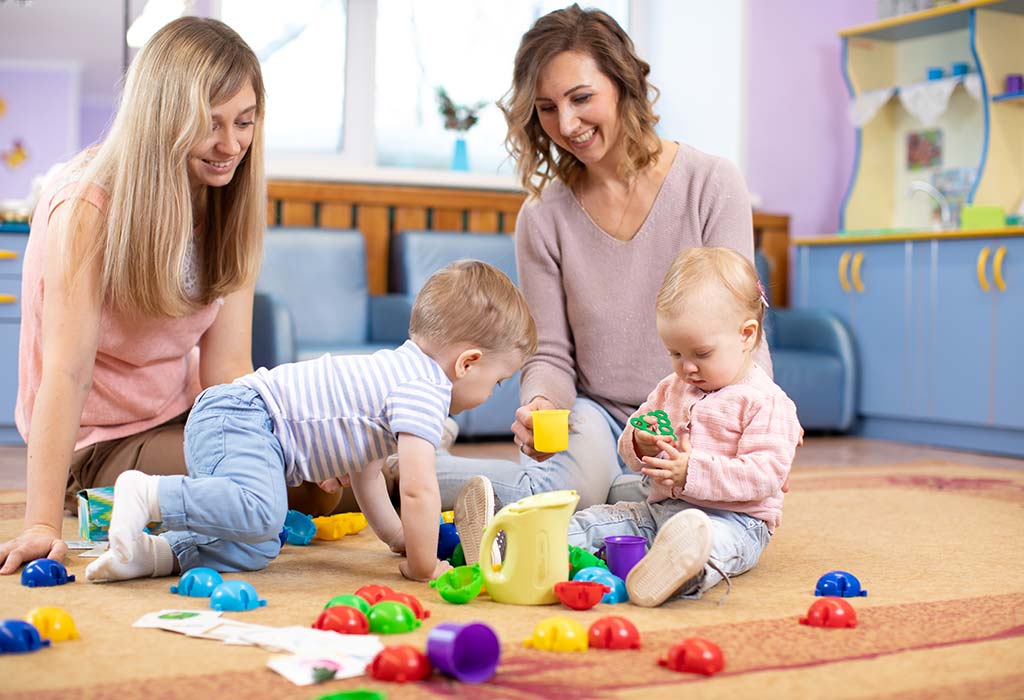Have you ever watched your child play for hours with a simple cardboard box? Or have fun with pots and pans or a piece of paper? Young children tend to play for long periods with even the most common objects, throwing or knocking them over. As adults, we wonder what exactly is so magical about this object that a child immerses themselves in their play. This stage of play, called functional play , during childhood and continues until the age of two.
What is functional play?
A repetitive action that a child finds enjoyable is called “functional play.” Experts describe functional play as a young child’s “first play” in which they use something to entertain themselves. This can include opening and closing objects, throwing objects, stacking and knocking blocks, pushing a toy around, and banging objects together. Although these activities are repetitive, they are a way for a child to learn more about their world and the properties of the physical objects they manipulate. This can prepare them to develop more complex skills going forward and help them hone their motor skills. their gross motor skills With practice, functional play can last from infancy through childhood.
How to play functional games beneficial for your child?
Children love to play with simple items like blocks or empty pots and pans. Although they enjoy With motivation The sensory benefits of these items go beyond sensory stimulation. It helps your child build fine and gross motor skills, along with their pre-reading, writing, and thinking skills. For example, the following functional play activities can benefit your child in the following ways:
1. Arrange the cars in a line by color.
Although this activity is simple, it can help a child identify and classify objects according to certain physical characteristics such as shape and color.
2. Arrange the interlocking blocks in one position.
When children cut interlocking blocks together without doing anything in particular, the activity still builds hand-eye coordination. This helps them determine which position the blocks can be cut together according to their shape.
3. Throw something at the wall and watch it.
This activity may cause a lot of noise and the risk of the object hitting someone else, but it will help your child learn the concept of cause and effect. Newton's Third Law of Motion: For every action, there is an equal and opposite reaction.
Functional play is an essential component of a child's cognitive development. Therefore, it is a parent's job to encourage it, not discourage it. Functional play differs from dramatic play and does not focus on using toys or objects in traditional ways. Instead, your child will focus on the physical properties of an object and explore it as they see fit. A cardboard box will be just as exciting as the toy train it was set up for. So let them explore and have fun!









